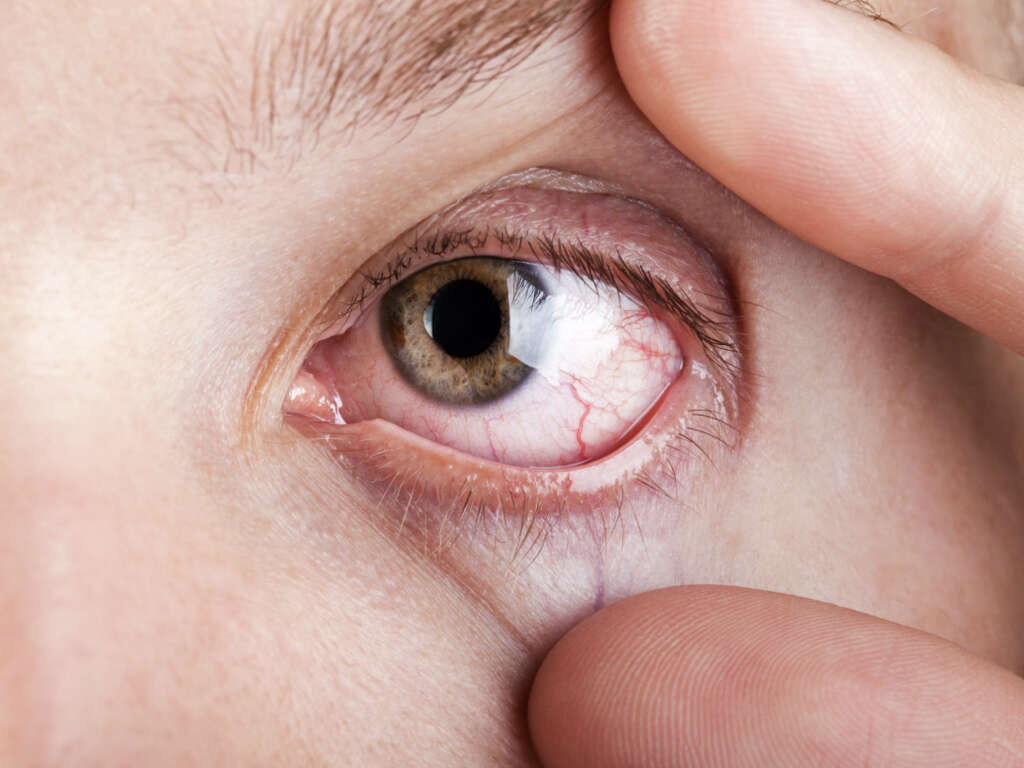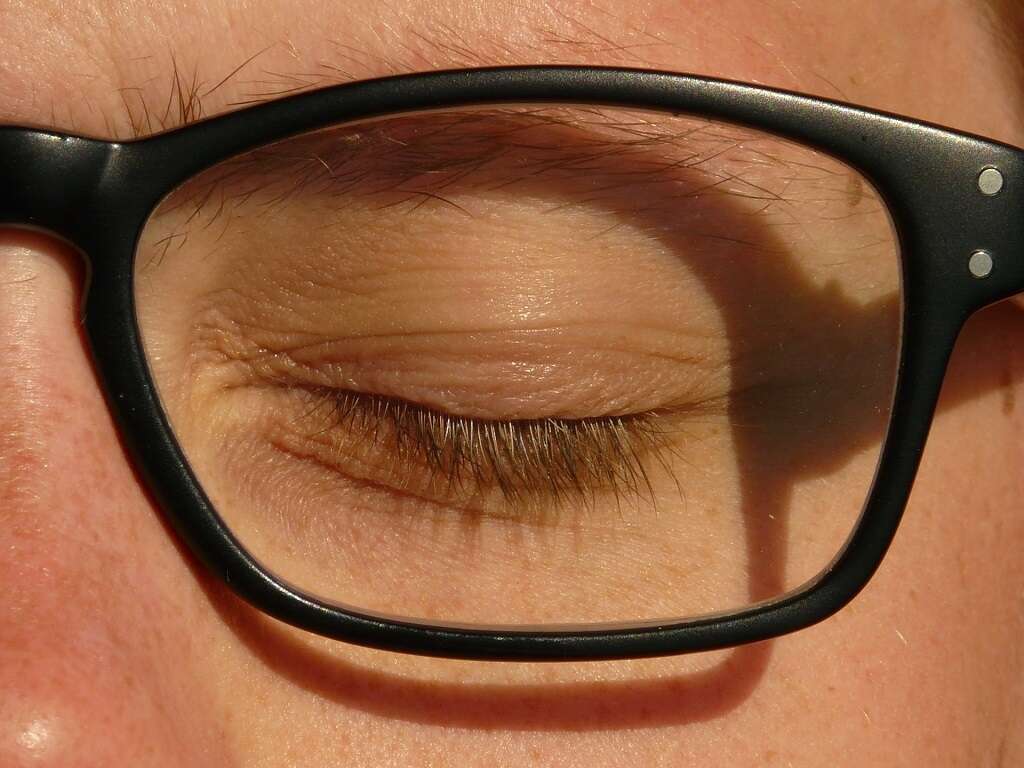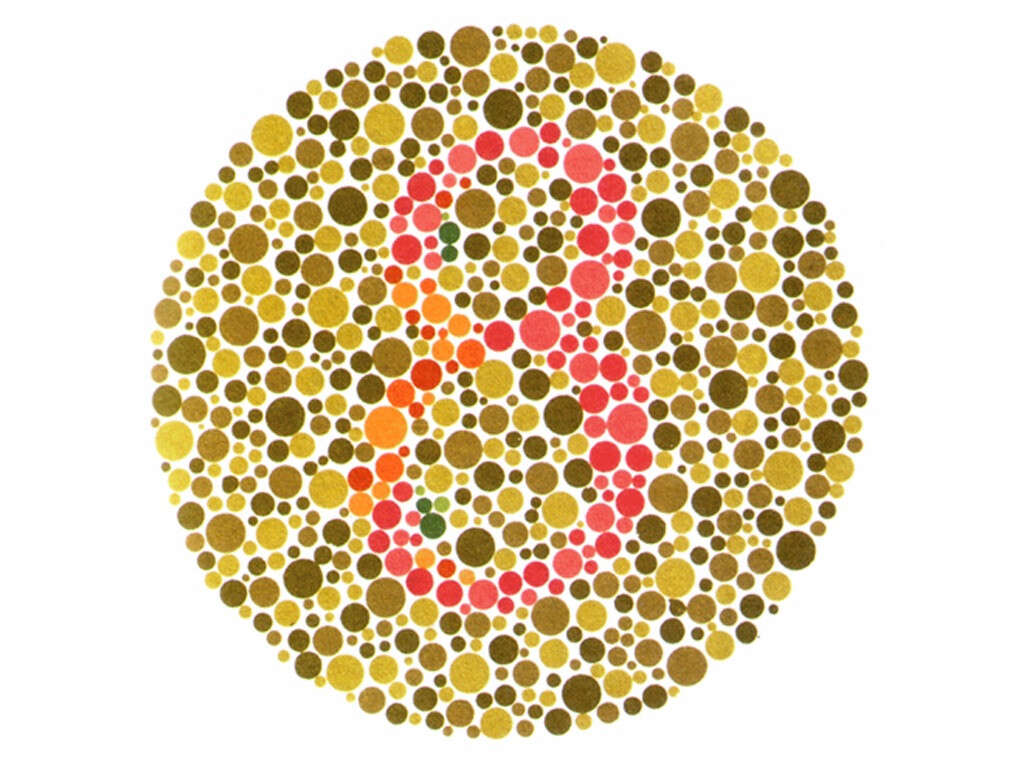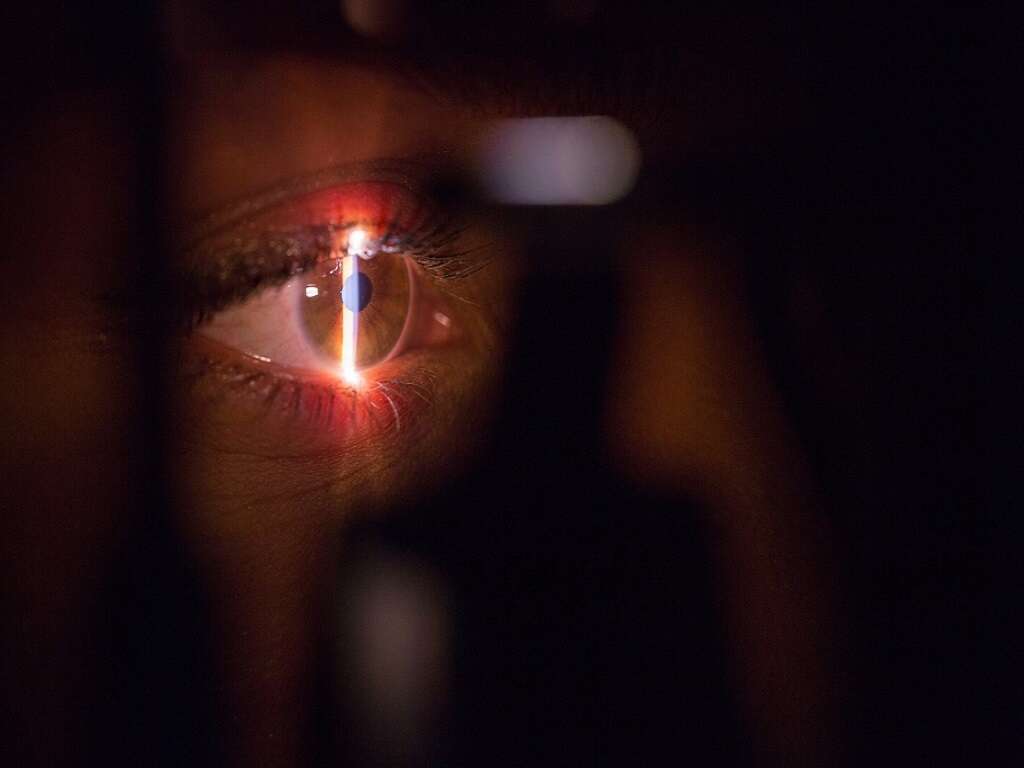What Is Optic Neuritis?
Your brain receives information on what the eyes see through the optic nerve, which is a bundle of fibers that runs between the eye and the brain. Optic neuritis is a condition caused by an inflammation of this nerve. Sometimes it is the first sign of multiple sclerosis, but it can also occur in later stages of the disease or independent of MS.
In addition to MS, a disease called neuromyelitis optica leads to inflammation of the optical nerve, as well as the spinal cord. This condition is less common than MS. There are other potential factors that contribute to the disease. Some people experience a single episode of the condition and make a complete recovery.

1. What Are the Autoimmune Causes?
A well-functioning autoimmune system works to fight off pathogens and other invaders to keep your body healthy. Sometimes, however, the system mistakenly attacks healthy tissue. There are several autoimmune conditions that can target the optic nerve, leading to inflammation and damage to the myelin.
MS is the primary autoimmune disease that causes optic neuritis. MS typically results in damage to the nerves in the brain, but often people who have the disease also experience optic neuritis. Neuromyelitis optica is more severe than MS, even though there is less damage to brain nerves than in multiple sclerosis.

2. What Are Other Causes?
Autoimmune disorders are the most frequent causes of the condition. However, they are not the only ones. If the symptoms of optic neuritis are more complex than indicated in the autoimmune disorders, it may be a sign that there is a different cause. Diseases such as lupus, sarcoidosis and Behcet’s disease can all lead to optic neuritis.
Infections are another possible cause. The source of the infection can be bacterial or viral. Lyme’s disease, syphilis and cat-scratch fever are all potential bacterial infections that can cause optic neuritis. Viruses such as herpes, measles and mumps may also lead to the condition. There are a few toxins and drugs that have been associated with optic neuritis.

3. What Are the Symptoms?
Eye pain is frequently the first sign of optic neuritis. The pain is usually more severe when the eye is in motion. The degree to which vision loss occurs varies from person to person; however, a majority of people experience at least some reduction in sight in at least one of their eyes. This loss usually occurs in a short period of time and takes longer to return.
Many people discover that there are changes to their field of vision. This can mean that central vision is lost or that the loss occurs in the periphery. If you have optic neuritis, you may also notice that colors appear duller, or you may see flashes of light when you move your eyes.

4. What Are the Possible Complications?
Many people recover their vision after a period of weeks to months, but for most, there is a degree of permanent damage to the optic nerve. This damage does not always result in persistent vision impairment, though it can. Some people who experience vision loss never regain their normal vision. Other people experience a permanent loss of color discrimination.
The medications used to treat optic neuritis may have a few associated side effects. Some of these drugs suppress the immune system, which puts the individual at a higher risk of contracting illnesses. Other temporary side effects include weight gain and mood changes.

5. What Are the Risk Factors?
People who have been diagnosed with multiple sclerosis are at a higher risk of developing optic neuritis. Genetic mutations can increase the likelihood a person develops MS and ON. Approximately 20% of those with MS get optic neuritis.
Women are more at risk of getting optic neuritis than men. The condition is found more often in adults, particularly in those between the ages of 20 and 40. It also occurs at higher rates at higher latitudes and in white people.

6. When Should You See a Doctor?
Numerous types of eye conditions have potentially serious implications. The symptoms associated with optic neuritis are also common in other eye conditions, some of which may result in permanent loss of vision.
It is important to contact a doctor if you begin experiencing eye pain or changes in your vision, especially if your symptoms do not improve or if they worsen over time. Neurological conditions may present with vision changes in both eyes, along with weakness or numbness in one or multiple limbs.

7. How Is Optic Neuritis Diagnosed?
An ophthalmologist generally conducts a thorough eye exam, which includes an ophthalmoscopy and a pupillary light reaction test. These allow the doctor to assess visual acuity, color discrimination and the range of your visual field, as well as eye structure and light response.
A magnetic resonance imaging scan may be ordered to determine whether there are lesions on the brain and to assess where the swelling is occurring along the optic nerve. Blood tests are also possible. These are used to determine the presence of antibodies, which can provide clues about alternative causes of optic neuritis.

8. How Is Optic Neuritis Treated?
In general, optic neuritis improves without treatment. Occasionally, steroids are prescribed to help reduce the inflammation of the optic nerve. These steroids are typically given intravenously. The drug has been shown to improve recovery time, but it does not seem to have an impact on how much vision is regained.
In the event that steroid therapy does not work, and the individual continues to have severe vision impairment, the doctor may recommend plasma replacement therapy. Some patients may benefit from this approach when steroid treatments fail.

9. Does Optic Neuritis Cause MS?
Individuals who get optic neuritis are at higher risk of contracting multiple sclerosis. Individuals who have one episode of ON are 50% more likely to develop MS over the course of their lifetimes. The risk increases for those who have lesions on their brain, which makes an MRI especially important in diagnosing ON.
People who are at high risk of getting MS are often prescribed medication to reduce the likelihood the disease develops. If you have two or more lesions on the brain, your doctor may prescribe these medications to help delay or prevent the onset of MS.

10. What Is the Prognosis?
Many people who have one episode of optic neuritis recover full or nearly normal vision. Progress is slow and can take up to six months. After that time, any further improvement is minimal. If visual impairment is still present, it is likely to be permanent.
It is possible for people to have more than one episode, especially in those with underlying conditions such as MS or neuromyelitis optica. When there are no underlying conditions, the chances for subsequent recovery are good.












